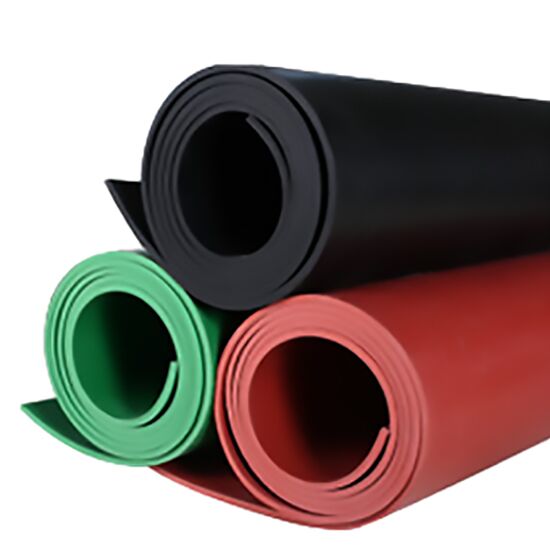5 Things to Consider When Buying Rubber Sheet
Thu, Jul 07 by ATO.com
Whatever your application, choosing the correct rubber sheet material style will help you achieve the longest functional life for your application and mitigate any problems that may arise in its operation.
This article explains 5 main factors you should consider to guide your choice. High quality material rubber sheet with broad applications in oil and petrol service such as fuel pumps, control valves, and other similar uses. It can be used flexibly for different purposes. In the following, ATO online shop will introduce something about this in detail.

- Thickness. When you choose a rubber sheet, the first thing to consider is how thick the rubber sheet needs to be. This is especially important when choosing a rubber gasket and sealing application, however, since it also needs to be considered in every other application at some point, this is a good place to start. Therefore, different thicknesses of rubber sheet should be used in different voltage levels. ATO provides 3 mm rubber sheet, 5 mm rubber sheet and 6 mm rubber sheet.
- Temperature. Another very important factor is the temperature to which the rubber comes in contact. It is important that you consider the upper and lower bounds because of these different rubbers. If exposed to temperatures above the rubber's maximum rating, it will become viscous and eventually melt and burn. If exposed to temperatures below its minimum temperature, insulation rubber sheet will start to become stronger, making it brittle and prone to cracking. Some rubbers handle temperatures better than others, for example silicone rubber can handle constant temperatures between -70 ºC and 200 ºC, making it a popular choice in many extreme temperature environments.
- Abrasion Resistance. Not all rubber formulations provide the same level of resilience against abrasion. Abrasion resistance of rubber refers to its ability to resist mechanical action, such as friction, scratching or erosion, which ultimately results in the removal of material from the surface of the rubber. Natural rubber inserts are another popular option, offering good durability as a wear-resistant rubber at a reasonable price.
- Oil Resistence. While oil resistance may only be required in certain applications, it is often a very important factor to consider. Most common rubbers on the market are attacked by oil. This is because natural rubber (the basis of many types of rubber) is attacked by hydrocarbons, causing severe degradation.
- Acid Resistance. The pH is a measure of the concentration of hydrogen ions in a solution. It is used to determine the acidity or alkalinity of a solution. Almost all rubbers can be attacked by acid, but some are more durable than others. Acid resistance is another consideration that may not be relevant for all applications, but it is worth considering. We need to keep in mind that almost all solutions that rubber will come into contact with will be in the pH range, and even low acidity can affect some rubbers over time.
In many cases, you may find it difficult to find rubber sheets that fully meet all the standards required for your applications. In this case, you can contact us directly, we will have professional technicians to help you select right flexible rubber sheet.

